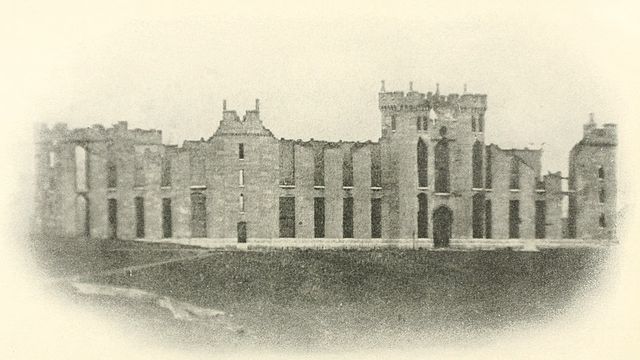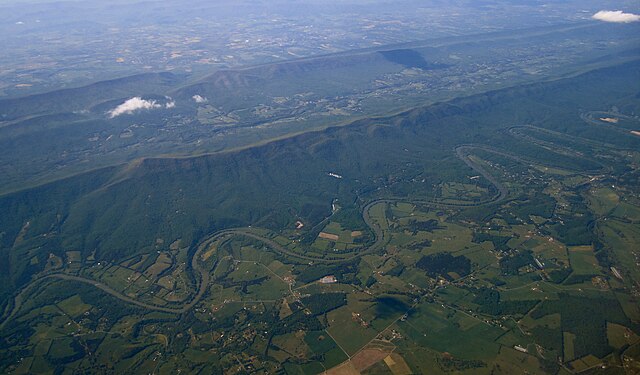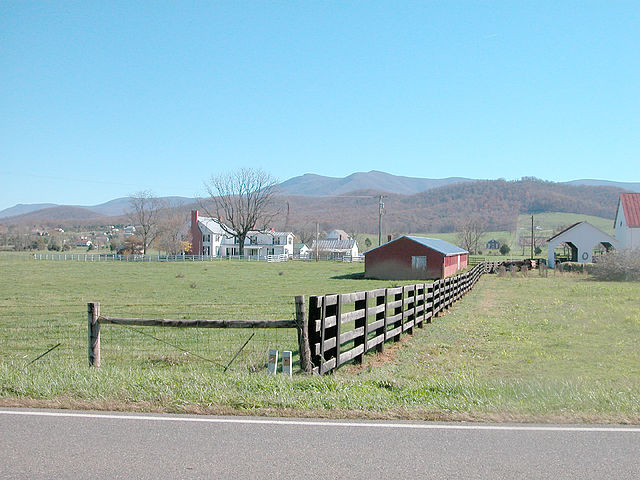The Valley campaigns of 1864 began as operations initiated by Union Lieutenant General Ulysses S. Grant and resulting battles that took place in the Shenandoah Valley of Virginia during the American Civil War from May to October 1864. Some military historians divide this period into three separate campaigns. This article considers them together, as the campaigns interacted and built upon one another.
Funkhoser House and Farm, Toms Brook, Shenandoah County, Virginia
The ruins of the Virginia Military Institute after Hunter's Raid in 1864.
Shenandoah Valley operations, May–July 1864
Shenandoah Valley operations, August–October 1864
The Shenandoah Valley is a geographic valley and cultural region of western Virginia and the Eastern Panhandle of West Virginia in the United States. The Valley is bounded to the east by the Blue Ridge Mountains, to the west by the eastern front of the Ridge-and-Valley Appalachians, to the north by the Potomac River, to the south by the James River, and to the Southwest by the New River Valley. The cultural region covers a larger area that includes all of the Valley plus the Virginia Highlands to the west and the Roanoke Valley to the south. It is physiographically located within the Ridge and Valley Province and is a portion of the Great Appalachian Valley.
A view across the Shenandoah Valley and Shenandoah River
The Shenandoah Valley in autumn
A poultry farm with the Blue Ridge Mountains in the background
A farm in the fertile Shenandoah Valley








